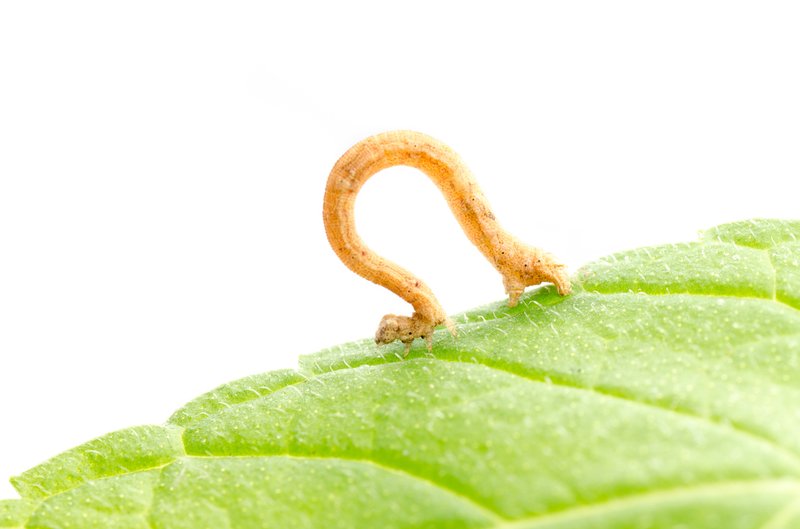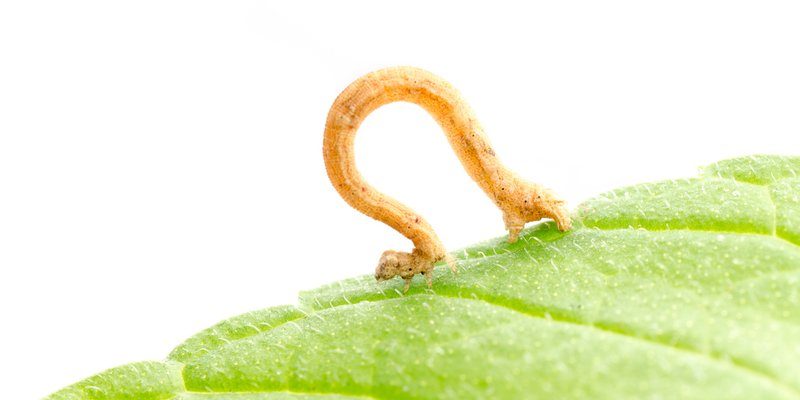
Inchworms, or the larvae of moths in the Geometridae family, are rich in protein and can serve as a tasty treat for many bird species. With more people looking for eco-friendly and self-sustained ways to feed wildlife, farming inchworms could be a fun and effective venture. But how do you actually go about it? Let’s dive into what farming inchworms for bird food entails.
Understanding Inchworms: The Basics
You might be wondering—what exactly are inchworms? Despite their name, these aren’t worms in the traditional sense. Inchworms are actually the caterpillar stage of certain moths. They got their nickname because of their unique way of moving; they create a looping motion that resembles inching along. There are several species, each with different colors and patterns, but they all share a common trait: they thrive on leaves, making them an easy match for environments with plenty of greenery.
Inchworms typically feed on the leaves of trees and shrubs. Their diet consists mostly of tender foliage, meaning you won’t need anything fancy to raise them. If you have plants like maple, oak, or apple trees, you might find these little critters naturally munching away. Not only are they fascinating to observe, but they can also be an excellent source of nourishment for various birds, especially during the breeding season when birds need more protein for their chicks.
The Benefits of Farming Inchworms for Bird Food
Farming inchworms can provide numerous benefits—not just for your feathered pals, but for you too. First and foremost, **cost savings** come into play. Buying commercial bird feed, especially those high in protein, can get pricey. By raising your own inchworms, you’re cutting down on expenses and providing a fresh meal for your birds.
Another advantage is **environmental impact**. When you farm inchworms, you’re creating a sustainable food source that reduces dependence on store-bought feed. This means less packaging waste and a lower carbon footprint. Plus, you’ll be contributing to the local food web, offering nourishment to birds that may be struggling to find food in their natural habitats.
Lastly, raising inchworms can be a **rewarding hobby**. Whether you’re a seasoned gardener or just looking for a fun project to connect with nature, inchworm farming can provide joy and satisfaction. Watching inchworms grow from tiny larvae to cocooned moths can be an educational experience for kids and adults alike.
How to Get Started with Inchworm Farming
Starting your inchworm farm might sound daunting, but it’s actually quite simple. Here’s a step-by-step approach to get you going:
1. **Collect Inchworms:** Look for inchworms on the leaves of trees in your area. Gently pluck them off and place them in a container with holes for ventilation. You can use a simple jar or a mesh container.
2. **Set Up Their Habitat:** To keep your inchworms happy, create an environment that mimics their natural habitat. Fill the container with fresh leaves from their preferred tree species. Make sure the leaves are pesticide-free, as chemicals can harm both the inchworms and the birds that eat them.
3. **Environment Maintenance:** Keep the habitat moist but not overly wet. Check on your inchworms regularly, replacing the leaves as needed and ensuring they have enough ventilation.
4. **Harvesting:** When your inchworms are mature, they will be ready to feed to your birds. Simply collect them and offer them to your feathered friends. You might want to place them in a bird feeder designed for live food, allowing birds to enjoy their meal while you admire the process.
Feeding Inchworms to Birds: What You Should Know
You might be curious about which birds enjoy inchworms and how best to feed them. Many species are drawn to these protein-packed snacks. **Songbirds**, for instance, tend to love inchworms, especially during the breeding season when they need extra energy to feed their young. Chickadees, warblers, and even blue jays will happily feast on your homegrown inchworms.
When offering inchworms to birds, the key is presentation. Place them in a **platform feeder** or scatter them on the ground. Birds are naturally foragers, so they’ll have fun hunting down their snack. You could also mix inchworms with other bird seeds or feed to provide a varied diet. Remember, it’s essential not to overfeed, so only offer what the birds can consume in a day.
Common Challenges in Inchworm Farming
Like any farming venture, inchworm farming comes with its own set of challenges. One common problem is **pest infestations**. Inchworms can attract other insects, which might harm your crop. It’s essential to regularly check the habitat for any unwanted visitors.
Another issue is maintaining the right **humidity**. Too much moisture can lead to mold, which is dangerous for both inchworms and birds. Be vigilant about the moisture levels in their enclosure and ensure good airflow.
Lastly, don’t forget that timing is crucial. Inchworms thrive in warm weather and may become less active in cooler temperatures. Be cautious during seasonal changes, as this can affect their feeding habits. You might have to adjust your farming practices accordingly.
Alternatives to Inchworms for Bird Food
If inchworms aren’t quite your thing, or if they seem too tricky, there are plenty of alternatives for feeding birds. **Mealworms** are a popular choice, often considered one of the best sources of protein. They’re easy to farm and require less maintenance than inchworms. Dried mealworms are an excellent option, too, as they can be stored for long periods.
You could also consider **caterpillars** from other species, including those that are safe and nutritious for birds. Just be sure to research and confirm that the caterpillars you choose are not toxic to the birds you want to feed.
Finally, don’t overlook shop-bought options. While it’s not as fulfilling as growing your own, commercial bird feed often contains a mix of seeds, nuts, and dried insects, providing balanced nutrition without any of the farming work.
Inchworm farming could be an exciting venture, merging your love for nature with the joy of supporting wildlife. With a little patience and know-how, you can cultivate these fascinating larvae into a delicious snack for birds. While challenges exist, the benefits—like cost savings, environmental impact, and personal satisfaction—make it a worthy consideration.
So, next time you spot an inchworm in your garden, you might think twice before letting it go. Instead, consider how much fun it could be to raise your own inchworms for bird food. Happy farming!

